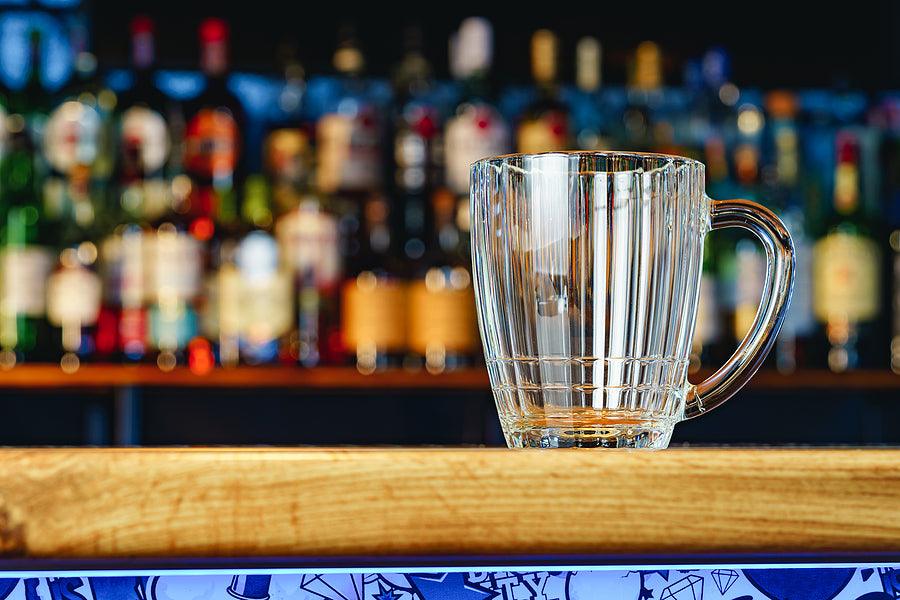
In modern drinking culture, there is definite parity between beverages with high alcoholic percentages and low calorie alcohol free beer.
There really is something for everyone to enjoy, though it may surprise some to learn that the history of non alcoholic beer is rooted not in seeking a mere alternative to booze but to replace the practice of drinking liquor entirely.
Throughout the 19th and early 20th century, the Temperance Movement in America sought to eliminate booze as a pastime. Numerous chapters of the movement were formed across the country in the belief that drinking alcohol was not only immoral but a detriment to American prosperity.
Interestingly, there was a gender divide across the movement. Many of the Temperance chapters established throughout the 1800s were male led and did not allow women to join. Subsequently many female-only chapters were formed. On January 13th 1853, noted women's rights activist Susan B. Anthony led the first Woman's Temperance Convention in New York.
The Women's Christian Temperance Union was formed in Ohio some 20 years later. The organisation held its first convention in 1874 and continues to be in operation to the present day.
The moral issue of opposition to the drinking of alcohol became political with the formation of the Prohibition Party in 1869. The 1872 Presidential election, which was won by Civil War hero Ulysses S. Grant, saw candidates from the Prohibition Party run for both president and vice-president.
Before prohibition became national law in the 1920s, there were a number of states which banned the production and consumption of alcohol.
The American Civil War of 1860-1865 halted the momentum of this movement and the conflict saw alcohol enjoy a revival. Popular depictions of soldiers of the period drinking moonshine continue on film and in literature to this day.
The real roots of modern non-alcoholic beer can of course be traced back to the Prohibition era. From 1920 until 1933, the production and sale of drinks containing more than 0.5 per cent alcohol by volume was banned. Today's non alcoholic beers like those produced during this time fall below this threshold.
In popular culture, the period of Prohibition is largely characterised by the sophisticated bootlegging operations of famous gangsters like Al Capone. The law against consumption of alcohol has since become colloquially known as the most broken law in the history of the United States.
The passing of Prohibition law was enabled by the Eighteenth Amendment to the Constitution. When the law was thrown out in 1933, it was done so by the passage of the Twenty-First Amendment, making this the only time in American history where one amendment was passed in order to repeal another.
In the century since America experimented with a nationwide ban on alcohol, the practice of brewing non alcoholic beers has evolved significantly. Today, there is a wide-ranging market for non alcoholic alternatives and even festivals dedicated to showcasing the various options available.
